When it comes to exercise, many of us avoid squats like the plague. That’s because for many of us, squats simply hurt. They are uncomfortable. They hurt your knees or your back. The reasons that squats hurt is linked to some common weaknesses, mostly stemming from (1) a sedentary lifestyle, (2) a lack of flexibility, (3) lack of commonly neglected muscles / muscle groups, and (4) lack of bodily awareness. Blame it on the desk that you sit at all day. Or blame it on your reluctance to do things you don’t want to do. Luckily, it’s easy to point out some of the most common weaknesses. I’ll even give you some exercises to directly address the weakness! Check them out in the featured photos below each listed weakness.
1. Lack of glute engagement – Most of us know that we should be using our external hip rotators (glutes – aka your butt) when we squat, but there are many of us that rely solely on the knee extensors (the quadriceps) and hamstrings when we squat. Your glutes, particularly your gluteus maximus, is the largest (or second largest) muscle in your body. When we leave this out of the squat, that adds a tremendous amount of pressure to the knee that should not be there. The weight has shifted from the hips to the knees, which is why your knees may hurt. Engage your glutes to get your hips more involved.
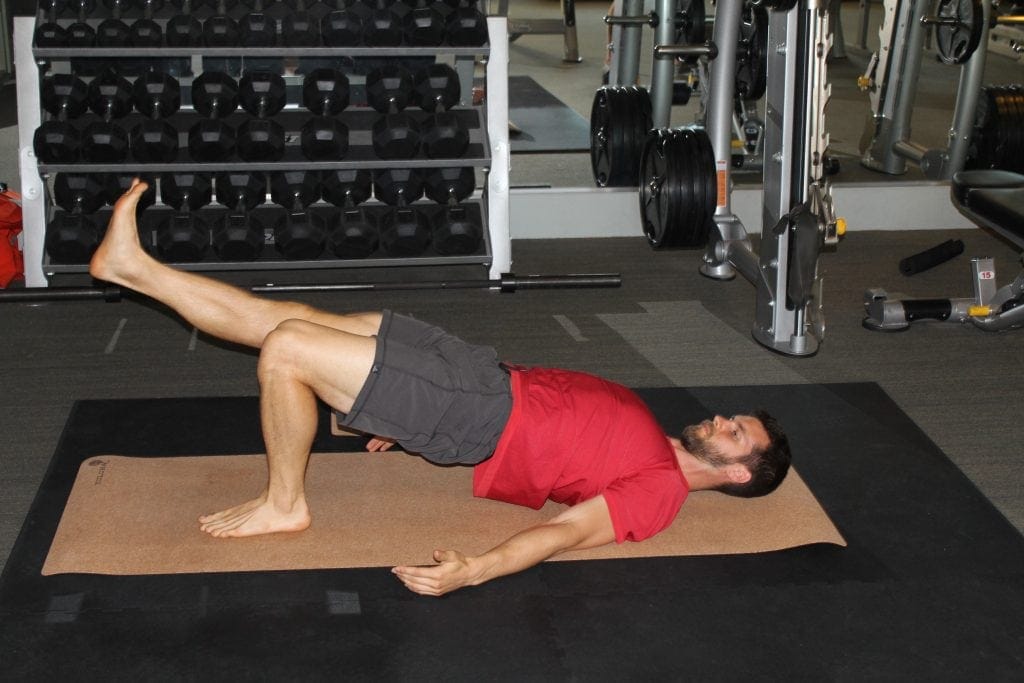
2. Lack of inner thigh engagement – Your inner thighs (adductors) help to stabilize your knees. When these muscles are tight or weak, the other stronger or more active muscles in the leg do what the inner thighs cannot, which means that you are placing unnecessary stress on muscles that may already be overworked. Eventually, the quadriceps will start to strain under the additional stress and it can turn into knee pain – or worse.
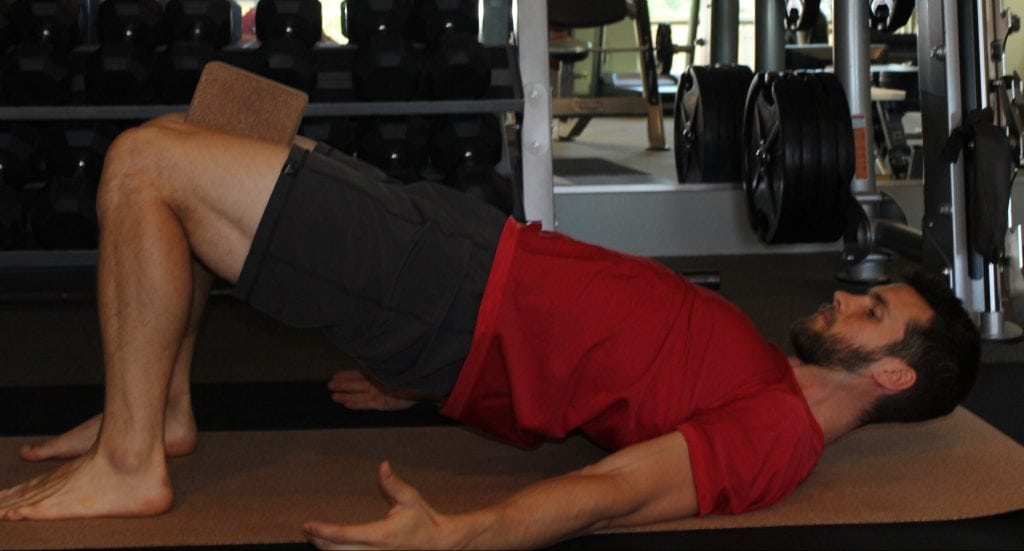
3. Lack of core strength – The core strength I’m referring to here is your tranverse abdominals, the deep layer of your abdominal muscles that help you hold your body upright. These muscles are typically weak because we just don’t use them that much. What that means for your squat is an inability to hold your body upright while you lean back. Instead of keeping the weight centered in your hips, this lack of core strength shifts your bodyweight to the front of your body, into your knees. This removes the hips from the squat equation, meaning that you have less power for the squat AND an inefficiency due to the quadriceps and knees doing the work that the hips, glutes, and core should be doing.
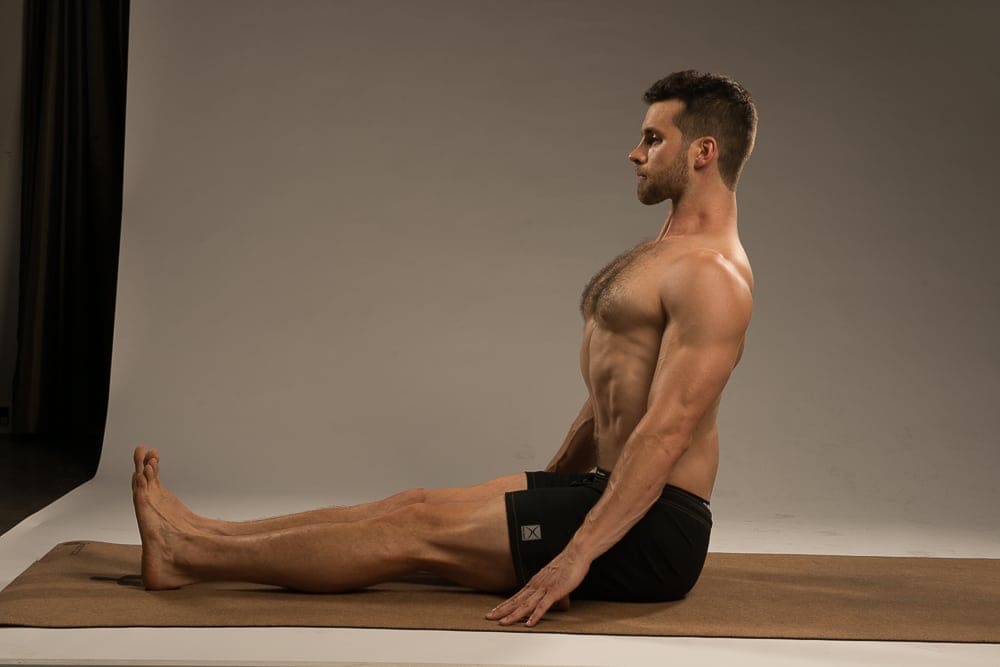
4. Lack of ankle mobility – Lack of ankle mobility restricts your ability to sink down into a squat. If you cannot lower your hips down into a squat without your heels remaining glued to the floor, this means that you lack ankle mobility. When the heels come off the ground, this prevents your posterior chain from activating properly (leaving our your glutes, hamstrings, etc – the muscles in the back of your body) and shifts the weight into the anterior side of your body; the knees! (Hopefully you’re beginning to see a trend here, and why poor squats lead to painful or injured knees!)
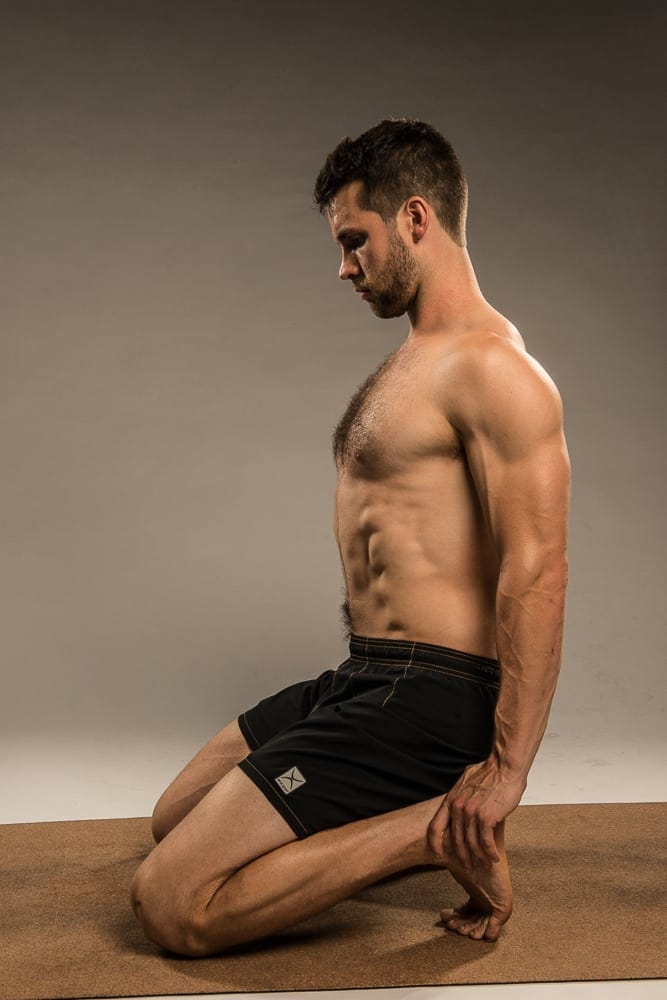
5. Lack of hip mobility – Lack of hip mobility prevents you from lowering your body into a squat. When your hips lack mobility, you might notice your knees starting to cave in as you lower yourself into the bottom position of a squat. You also may notice an inability to activate the muscles in your hips to push yourself back up to a standing position. If you cannot move your body into a particular position while there is no weighted resistance (even if it is just your bodyweight or less), how can you expect to apply force within nonexistent range of motion? It’s impossible!
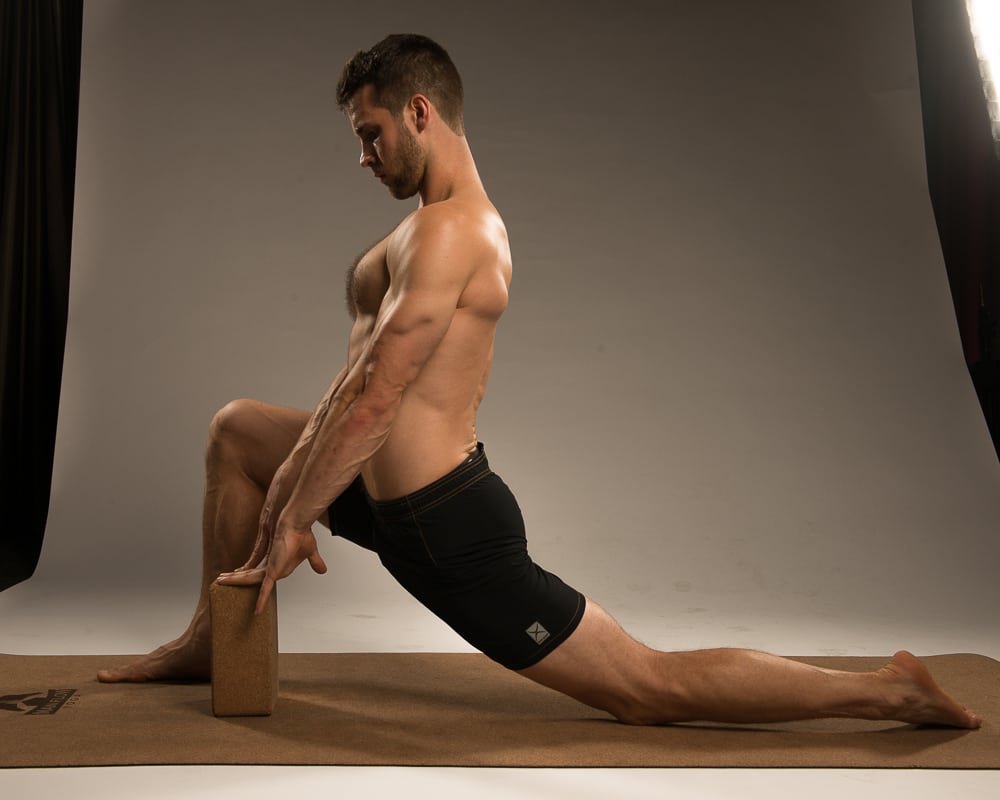
6. Lack of bodily awareness – One aspect of fitness lacking from a majority of fitness disciplines is an emphasis on slowing and breaking the movement down. When we move quickly, it’s hard means to notice what all is going on in our bodies when we exercise. Slow down and ask yourself: Are my glutes engaged? Can I feel my tailbone reaching down? Is my chest upright? Are my knees driving out? Am I keeping my heels glued to the floor? Asking yourself questions like this help you gain bodily awareness, and allow you to notice all of the necessary elements that go into a great squat. You’ve got to own slow in order to move fast.

7. Lack of hamstring flexibility – Believe it or not, you’re going to need hamstring flexibility to do a proper squat. If your hamstrings are tight, this prevents from being able to stay upright in a squat. Hamstring tightness also can cause clicking or grinding in your knees, which happens when the tendon slides over the bone. Increasing your hamstring flexibility or doing exercises to actively stretch your hamstrings prior to doing squats will help to relieve this discomfort and make your squats more fluid, and more powerful.
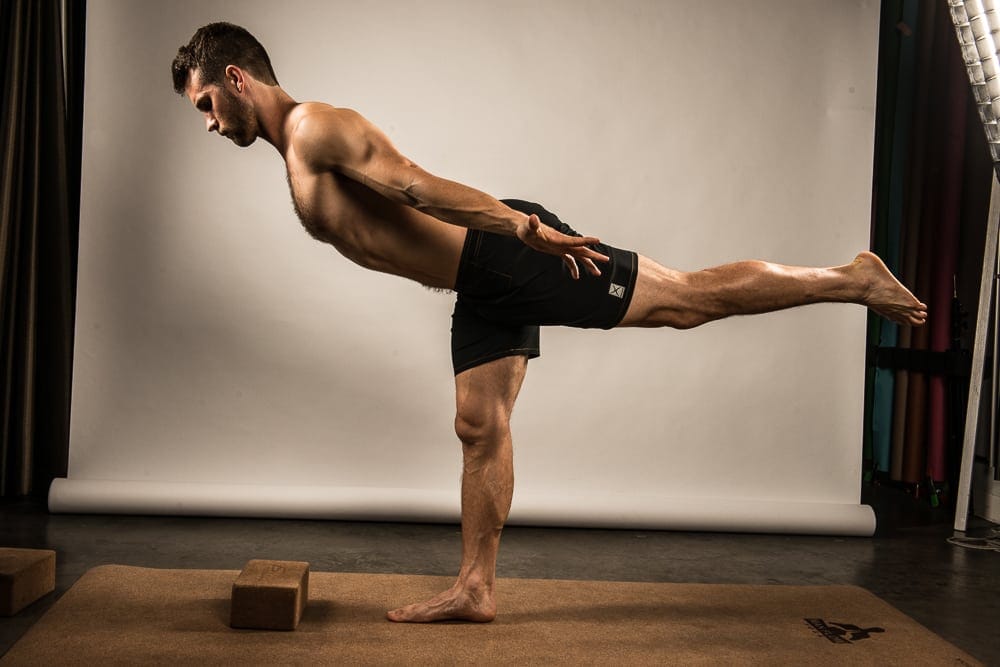
There you have it! 7 common weaknesses holding you back from doing a proper squat, along with some exercises to help.
The weaknesses mentioned here are a combination of lack of mobility and lack of strength, both of which can be addressed by the addition of a couple of weekly yoga workouts to your training schedule. Yoga helps by improving your flexibility, core strength, balance, and endurance (not to mention much more!). A good, slow-moving form of yoga that involves: (1) attention to detail, (2) longer holds, (3) an emphasis on technique over depth, (4) spinal integrity, and (5) functional flexibility will satisfy these needs.
You can go searching for a yoga instructor who may or may not fulfill these qualities (but you may just find an instructor more interested in talking about him or herself rather than how to properly do the postures, though) or you can just try out the Man Flow Yoga Members Area with a 7-day free trial. All of the benefits, none of the frills. And no chanting – ever.
About The Author
Dean Pohlman is an E-RYT 200 certified yoga instructor and the founder of Man Flow Yoga. Dean is widely considered to be an authority on Yoga for Men. His workouts and programs have been used by professional and collegiate athletes, athletic trainers, as well as Physical Therapists in Texas.
Dean is a successful published Author through DK Publishing (Yoga Fitness for Men), selling 25,000 copies worldwide, in addition to being a co-producer of the Body by Yoga DVD Series, which has sold over 40,000 copies on Amazon since its release in 2016.
Man Flow Yoga has been featured in Muscle & Fitness Magazine, Men’s Health, The Chicago Sun, New York Magazine, and many more major news media outlets.
Looking for non-spiritual, yoga for men workouts?
Learn More About Man Flow Yoga and how it can help you with your fitness goals:
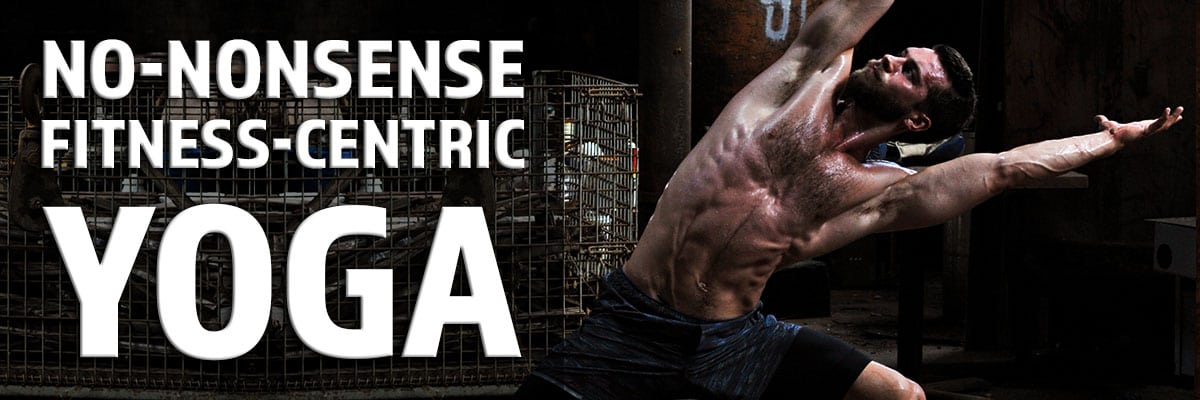 Join Today for Instant Access!
Join Today for Instant Access!
.entry-featured{display:none;}
Excellent analysis. Appreciate the insight!
Thanks for reading!